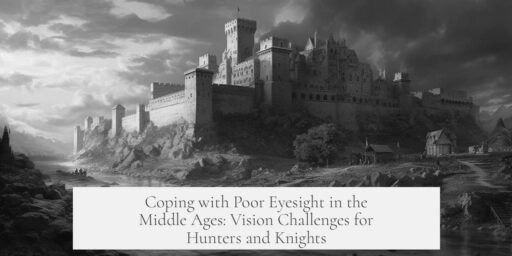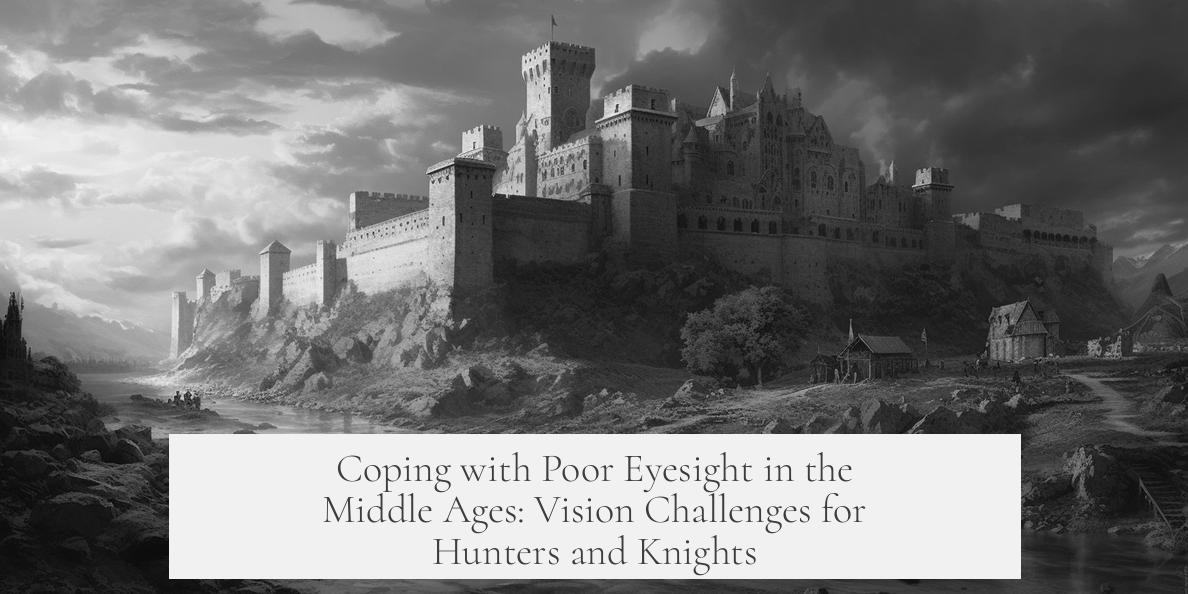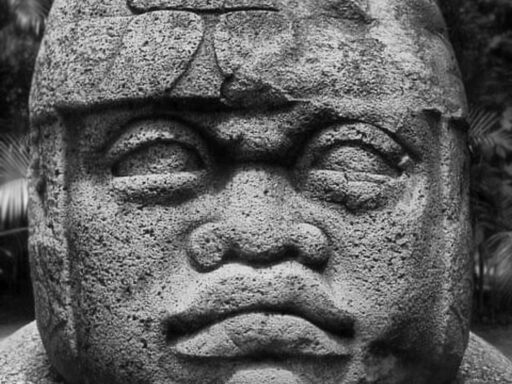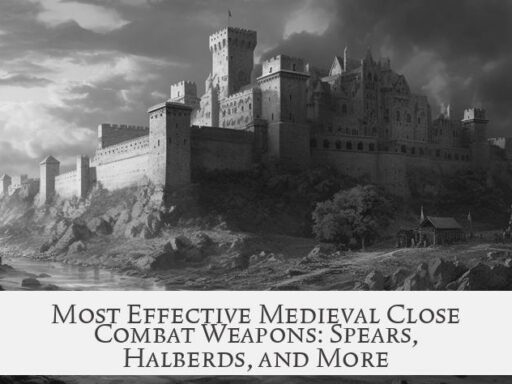Humans in the Middle Ages coped with poor eyesight through various means, despite lacking modern eye care. Not all hunters and knights had 20/20 vision; many faced vision impairments but adapted accordingly.

The prevalence of myopia (nearsightedness) was likely lower than today. However, no reliable statistics exist. Medieval life relied heavily on visuality, especially in religious contexts. Art, stained glass, and sculpture served as tools to instruct the illiterate, suggesting a general population capable of seeing details well enough for such appreciation.
Some individuals, however, had visual impairments. Eyesight deteriorated with age due to conditions like presbyopia, cataracts, or macular degeneration. Scholars differentiate between impairment (a deviation from the norm) and disability (when impairment limits functioning). Medieval people managed impairments to reduce their impact on daily life.
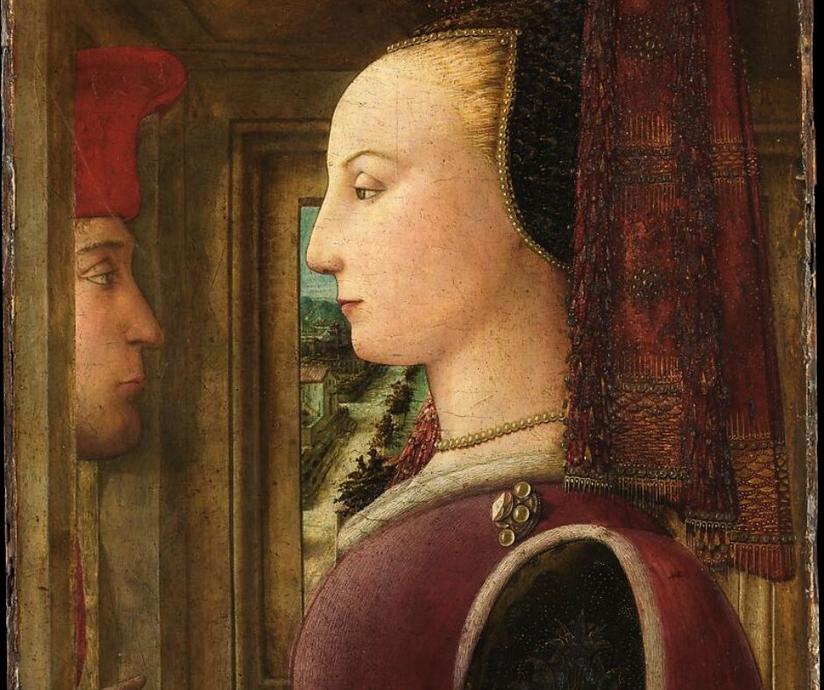
People first sought relief through prayer and miracles. Stories from saints’ shrines often describe individuals with limited vision who could not navigate well, needing assistance. Such accounts underline how those with poor eyesight depended heavily on social support.
- Friends, family, or monastic charity helped guide visually impaired individuals.
- Assistance was crucial for mobility, as medieval paths and roads were often rudimentary.
Work adaptations enabled those with poor eyesight to remain productive. For example, a man with nearsightedness who could no longer do outdoor labor shifted to needlework and embroidery, tasks suitable for close vision. This form of role adjustment helped minimize disability effects on livelihoods.

By the later Middle Ages, basic cataract surgery techniques were known and sometimes successful. For instance, the 1351 cataract surgery of Abbot Gilles le Muisit revealed farsightedness beneath his cloudy lenses. Around the same period, rudimentary reading glasses appeared. Early spectacles were handheld, aiding farsighted people in reading—an innovation that gradually spread, especially among clergy and physicians.
Concerning hunters and knights, vision impairments were not uncommon. Historical examples reveal this clearly:
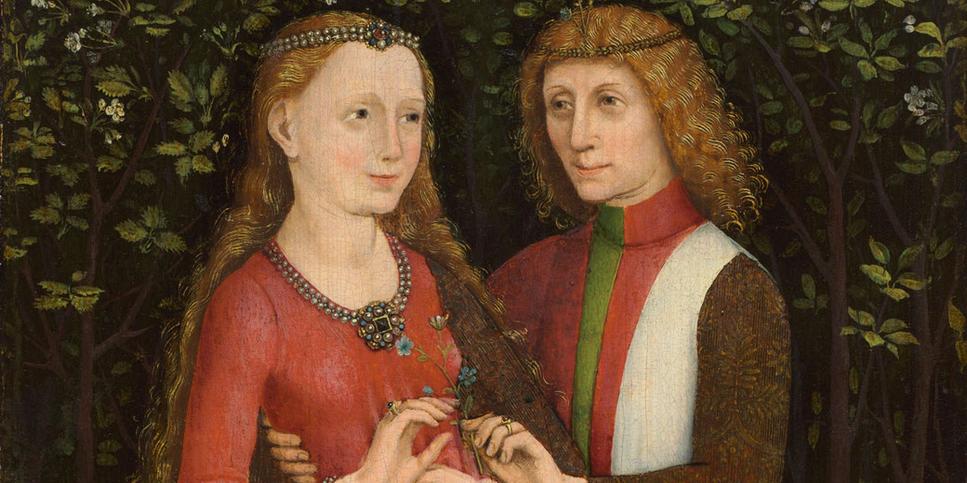
- Knight Gilbert sustained vision problems after repeated head injuries. Miracle accounts record his partial recoveries but acknowledge his struggles.
- Holy Roman Emperor Frederick II developed myopia later in life. Despite this, he continued hunting passionately. Hunting emphasized status and leisure rather than survival, reducing the pressure on perfect eyesight. Techniques and social factors allowed continued participation despite impairments.
These cases demonstrate that not all warriors or hunters possessed perfect vision. Vision deficits existed but did not necessarily exclude individuals from their roles. Support systems, adaptive tasks, and shifting expectations helped accommodate various levels of eyesight.
| Middle Ages Vision Coping Strategies |
|---|
| Prayer and appealing to saints for miraculous healing |
| Dependence on social support for mobility and tasks |
| Role adaptation (e.g., switching to needlework for low vision) |
| Early medical interventions (cataract surgery, reading glasses) |
Generally, social and cultural attitudes shaped how eyesight impairments were understood. Disability carried stigma, especially among nobles, linking impairment with moral failure. This stigma might obscure the true prevalence of vision issues among elites.
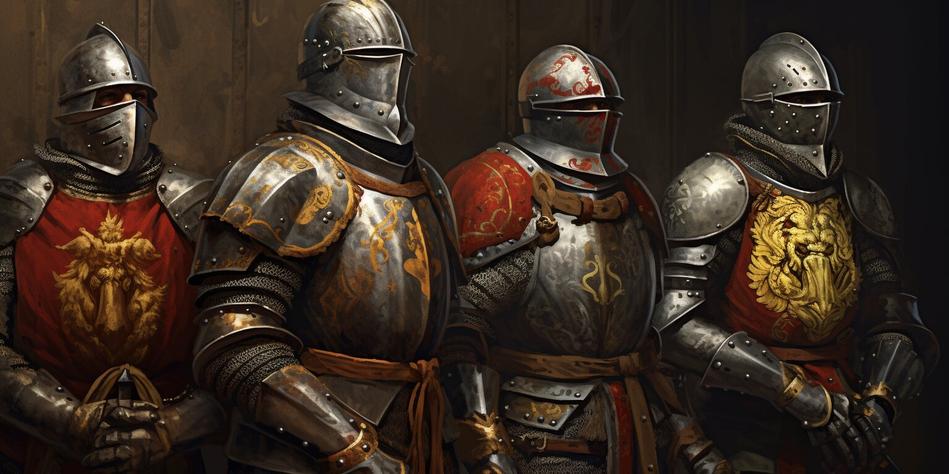
The Middle Ages used all available means to reduce the impact of poor vision. Knights and hunters managed with less-than-perfect eyesight. Their social roles, access to support, and adaptive strategies made this possible.
- Visual impairments existed but were less documented due to stigma and lack of statistics.
- Social support was critical for daily functioning.
- Early spectacles and rudimentary surgery showed emerging medical responses.
- Hunters and knights did not all have perfect vision; many continued activities despite impairments.
How Did Humans Cope with Poor Eyesight in the Middle Ages? Did All Hunters and Knights Have 20/20 Vision?
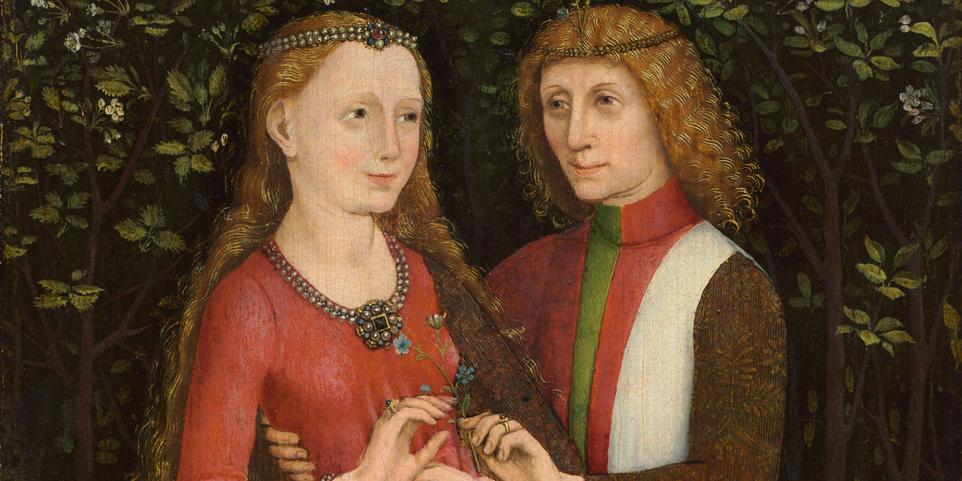
Did every medieval knight and hunter enjoy perfect 20/20 vision? Absolutely not. The romantic image of knights with eagle eyes and hunters hitting bullseyes every time glosses over an interesting truth: imperfect eyesight was just as real in the Middle Ages as it is today. The difference? People in the Middle Ages had to be a bit more creative—or rely on faith and community support—to handle poor vision.
Before diving into the methods medieval folks used to cope, let’s unpack some myths and realities about eyesight back then.
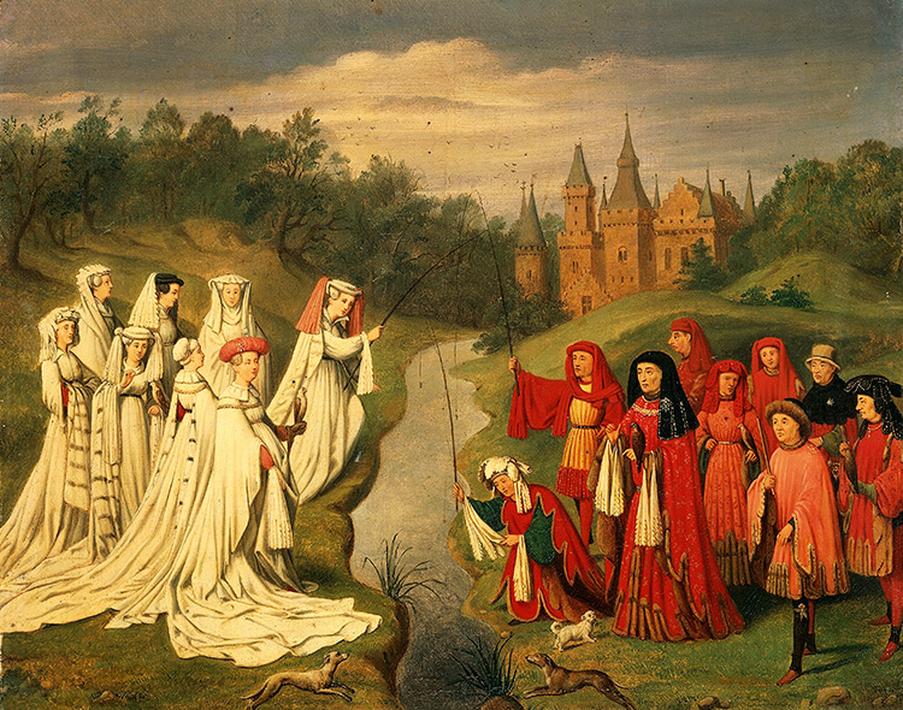
The Prevalence of Myopia: Less Common or Just Less Diagnosed?
Did fewer people suffer from nearsightedness (myopia) in the Middle Ages? Maybe. We don’t have precise statistics, so conclusions remain speculative. However, experts note that myopia’s rise is more recent, linked to changes in lifestyle and reading habits in modern times. The medieval world, with its outdoor-heavy routines and sparse reading materials, likely saw less myopia.
But here’s the kicker—myopia wasn’t unknown. Despite the lack of numbers, people struggled with “imperfect vision.” It’s worth mentioning how medieval popular Christianity leaned heavily on visual cues. Churches were decorated with vivid mosaics and sculptures—not just to decorate but to teach and inspire. Imagine the challenge if half the parishioners couldn’t see those wonders properly!
Impairment vs. Disability: A Helpful Distinction
Before exploring coping mechanisms, it helps to understand a subtle difference. “Impairment” means a deviation from the typical ability—say, blurry vision or difficulty focusing. “Disability” occurs when that impairment stops you from functioning normally in daily life.
In the Middle Ages, many with poor vision had impairments but worked hard to avoid disability. How? Let’s explore.
Practical Ways They Managed: From Prayer to Practical Tools
Relying on Miracles…and a Lot of Prayers
The first coping mechanism was, unsurprisingly, prayer. People turned to saints and holy shrines, asking for miraculous healing. Medieval miracle stories often mention people with severe visual impairments seeking help—though “blindness” was a blurry, flexible term that covered a range of conditions.
For instance, one miracle tale tells of a girl with limited sight struggling to navigate medieval “roads,” which might have been little more than trampled paths through fields. She was often led around by others, showing a community-based approach to coping.
Social Support: Friends, Family, and Monasteries to the Rescue
Medieval life was deeply communal. Those with poor eyesight often relied on family, friends, or monastic charity to get around. The same miracle stories regularly mention visually impaired people being “led” by helpers. This ad hoc support system minimized disability, even if eyesight didn’t improve.
Imagine navigating a muddy lane, dusk approaching, and struggling to see the uneven ground. Having a companion wasn’t just kind; it was essential survival.
Switching to Alternative Work
Visual impairment could limit physical labor outdoors but didn’t doom someone to idleness. Not at all. The miracles of St. Bertin describe a nearsighted man who couldn’t toil outside but excelled at close-up tasks like embroidery and weaving. Suddenly, your blurry world zooms in on fine needlework.
This switch was practical and economically smart. It kept people productive and connected—even if their eyes couldn’t handle the distance work.
Early Medical Interventions: Cataract Surgery and Reading Glasses
The Middle Ages weren’t just about praying and accepting fate. Rudimentary cataract surgery existed, and sometimes it worked! In 1351, an abbot named Gilles le Muisit successfully underwent such surgery, revealing he was farsighted afterward. Imagine the surprise—achieving clearer vision only to discover a new challenge!
And then there were the first “reading glasses”—no, they weren’t perched on noses like today but held in hands. These were designed to help farsighted folks read manuscripts better. A 1510 altarpiece shows a physician with glasses, emphasizing their role not just as aid but as a symbol of learnedness. Walk around with a flask of urine? That’s medieval medical shorthand for you.
Did Poor Vision Affect Nobles and Knights Differently?
The stories of nobles and knights often omit or euphemize disabilities. Stigma was strong, especially since impairments were sometimes linked to sin or moral failure. The knight Gilbert, for example, was wounded twice in his head, suffering vision problems. His tale involves stages of miraculous healing, underscoring the desperation and social pressures nobles faced to appear strong.
Take Frederick II, Holy Roman Emperor, as a fascinating case study. Frederick hunted passionately despite developing myopia. Hunting, especially for nobles, was less about food and more about displaying power, status, and probably blowing off steam. So did he need eagle eyes? Not entirely. Sometimes, strategy and hunting dogs did the heavy lifting.
When Frederick’s eyesight failed him in the field, he didn’t just pack it in. He wrote books instead! Going from bow to quill, showing how intellectual pursuits provided an alternative path for those impaired.
What Does This Tell Us?
The Middle Ages remind us that poor eyesight doesn’t mean poor life quality if society adapts. Communities leaned on social bonds. People traded outdoor grueling labor for indoor skilled crafts. They invoked divine help and embraced early medicine.
Hunters and knights? Nope, not all had perfect vision. But their roles adapted. Hunting was as much about status as skill, and knights with disabilities could find other valuable paths—like writing or administration.
Modern Lessons from Medieval Vision Challenges
- Adaptability is key: When sight fails, find new strengths. Medieval men and women did this daily.
- Community matters: Support networks made disabilities manageable, which is true today.
- Technology evolves: From holding glasses to today’s lenses, solutions improve, but the need remains constant.
- Stigma hurts: Medieval shame around disabilities echoes in some attitudes today. Recognizing it helps us promote inclusion.
So next time you squint at your screen or gripe about needing glasses, remember the medieval folks. They faced blurry realities with faith, resilience, and a little help from their friends—and sometimes with a church miracle.
“Can’t fight like a knight, can’t hunt as well as you want to? Write a book about it.” — Frederick II’s way of turning impairment into influence.
In all, medieval humans didn’t need perfect eyesight to carve out meaningful lives. They simply needed perspective, creativity, and a community willing to help along the way.
